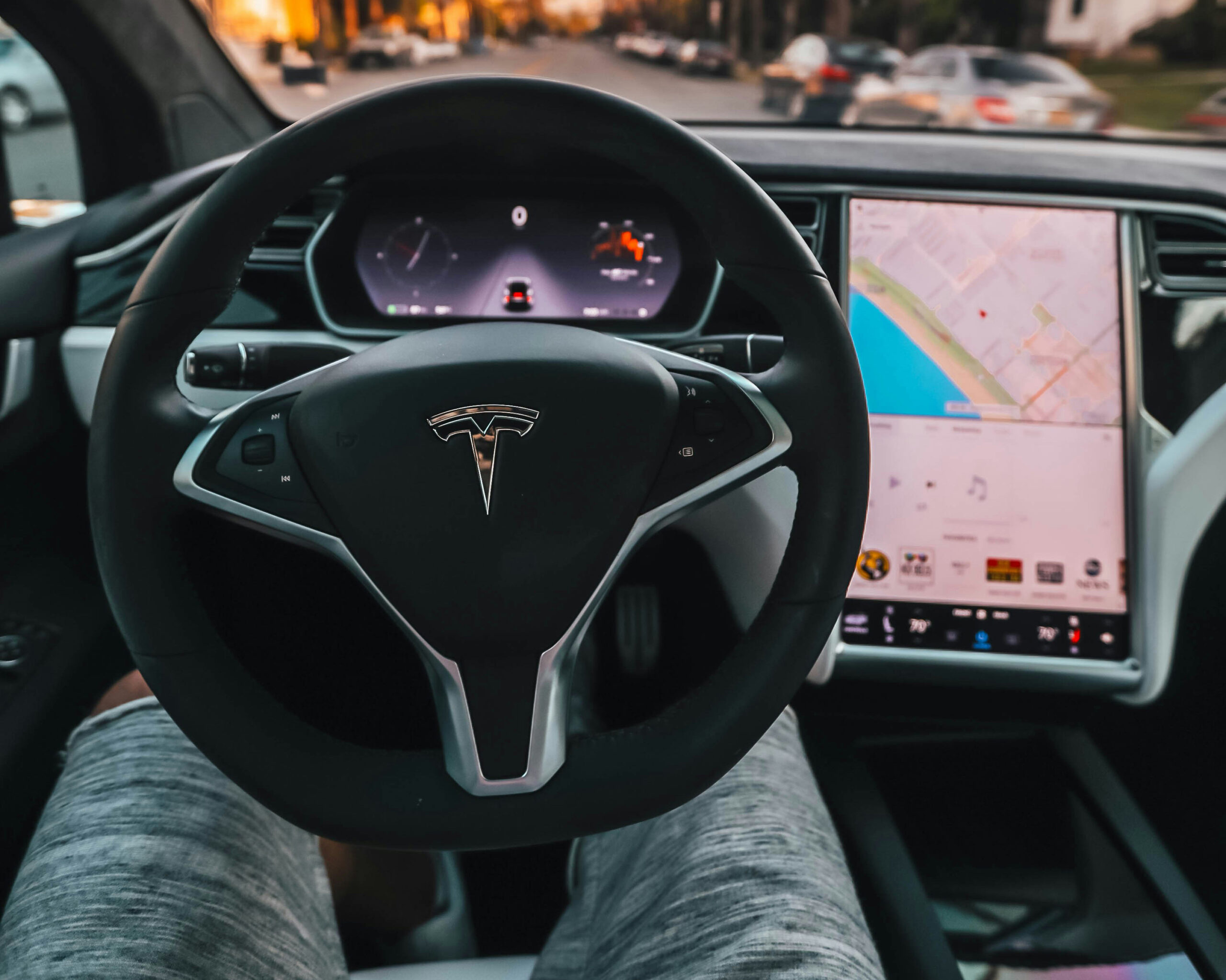What are the latest autonomous driving cars?
What is autonomous driving?
Autonomous driving, also known as self-driving technology, is high on the agenda of many car manufacturers. Autonomous driving refers to vehicles that can drive themselves without human intervention. This concept is classified into five levels according to the Society of Automotive Engineers (SAE) classification. Level 0 includes vehicles without any form of automation, while Level 5 describes fully autonomous vehicles that can drive independently under all conditions.
Fully autonomous cars (Level 5) are not yet available to consumers. Manufacturers do offer advanced systems that partially enable autonomous driving. Currently, vehicles with autonomous functions up to level 2 are legal on Dutch roads. However, manufacturers such as Tesla, Mercedes-Benz and Volvo are busy developing systems that enable level 3 or even level 4.
Autonomous cars you can buy now
Tesla remains one of the most talked about names when it comes to autonomous driving. In 2025, Tesla will offer its well-known “Full Self-Driving” package (FSD). Although the name suggests that the car is fully autonomous driving, the use of FSD in the Netherlands is limited to level 2. At this level, the driver remains responsible and must always be ready to intervene. Mercedes-Benz is also pushing hard with the Level 3 Drive Pilot system, which is available on the S-Class and EQS.
Ford has developed a hands-free system with BlueCruise that works on most highways, allowing the driver to take the wheel off. BMW offers Drive Assistant Plus, which allows a combination of driving assistance systems to allow for partially autonomous driving. Volvo enables semi-autonomous driving with its Pilot Assist system. The brand also has plans to develop Level 4 technology.
Cars are already making things easier for us
Many modern cars offer driving assistance systems that already allow semi-autonomous driving. For example, your car may have adaptive cruise control. Adaptive cruise control (ACC) is a system that automatically adjusts your car’s speed to the traffic in front of you. It maintains a preset distance from your car in front, brakes when traffic slows, and accelerates again as soon as the road clears.
In addition, your car may also have lane keep assist (LKA). This ensures that your car stays within the lane by making slight steering corrections. The combination of these driving assistance systems creates a semi-autonomous driving experience. You can find these systems in many modern cars. Although as a driver you need to stay alert, these features make long drives more comfortable by controlling both speed and position on the road largely automatically.
Technological innovations
The technology behind autonomous driving is complex and requires a combination of sensors, cameras, radar and artificial intelligence. LiDAR (Light Detection and Ranging) is one of the most discussed innovations. This technology uses laser pulses to create a detailed 3-D image of the environment. Brands such as Volvo and Mercedes-Benz are already using LiDAR in their latest models.
In addition, software plays a crucial role. Manufacturers are investing heavily in developing algorithms that enable vehicles to make quick and accurate decisions. The latest systems can not only read traffic signs and detect obstacles, but also anticipate human behavior, such as a pedestrian crossing unexpectedly.
Legislation and the Dutch situation
In the Netherlands, autonomous driving up to level 2 is legal. This means that a system such as Ford Bluecruise can be used here. The Ministry of Infrastructure and Water Management has announced that legislation may be amended around 2027 to allow Level 4 autonomous driving vehicles. This prospect stems from the Auto Action Agenda. Fully automated driving in certain situations, such as on highways, will then become possible.
Until then, the focus remains on improving infrastructure and testing new technologies in controlled environments. The Dutch government is actively working with car manufacturers and technology companies to make infrastructure and legislation suitable for higher levels of autonomy. Test zones, such as the Automotive Campus in Helmond, play an important role in this. The Netherlands is also very suitable for self-driving cars.
At the European level, legislation is evolving. The General Safety Regulation, introduced in 2022, lays the groundwork for wider acceptance of autonomous technology. Some countries, such as Germany, are leading the way by allowing Level 3 autonomy on certain roads. This allows Mercedes-Benz, for example, to legally offer its Drive Pilot system in its home market.
The future of autonomous driving
Expectations surrounding autonomous driving are high. In addition to major players such as Tesla, Mercedes-Benz and BMW, other manufacturers are working on groundbreaking innovations. Volvo, for example, wants to offer fully autonomous vehicles by 2030.
One of the biggest challenges, however, remains public acceptance. Surveys show that the technology may already be there, but consumers have yet to get used to the idea. Small-scale introductions of the technology and an understanding of the safety of autonomous systems increase confidence in the technology.
In addition, autonomous vehicles can have a major impact on the way cities and infrastructure are designed. Think more efficient traffic flows, fewer parking spaces and more space for greenery and recreation. Autonomous driving can also contribute to a more sustainable future by improving fuel efficiency and reducing traffic congestion.
Conclusion
Autonomous driving is no longer science fiction, but a reality that is getting closer and closer. With models such as the Mercedes-Benz EQS and Tesla’s, consumers already have access to advanced technology that makes driving more comfortable and safer. Yet legislation remains a stumbling block, especially in the Netherlands, where the focus remains on Level 2 for now. The next few years will be crucial for the further development and adoption of autonomous vehicles. Innovations in technology, regulation and infrastructure will determine how quickly this revolution unfolds. One thing is certain: the future of mobility looks promising.

